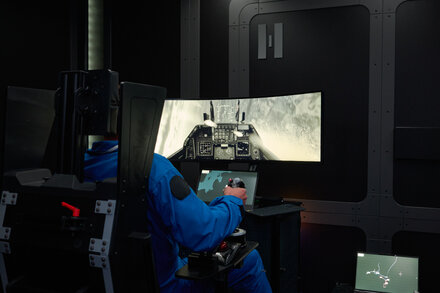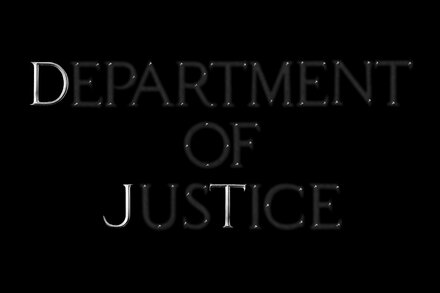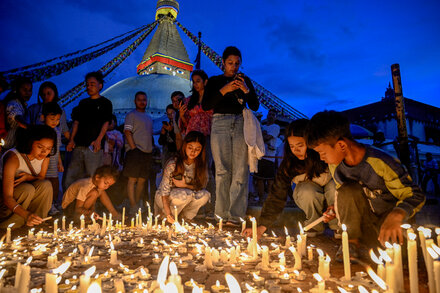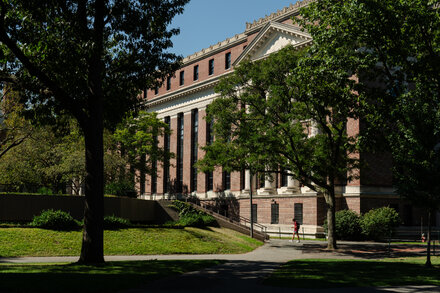For over sixty years, Dr. Jane Goodall has dedicated her life to chimpanzees and global conservation. Her extraordinary journey, vividly captured in iconic photographs, profoundly reshaped our view of the natural world.
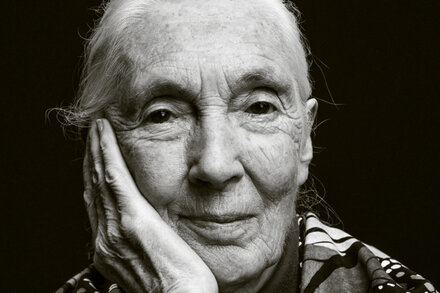
Dr. Jane Goodall, the world-renowned primatologist and anthropologist, has dedicated over six decades to studying chimpanzees and advocating for wildlife conservation. Her extraordinary life, often chronicled through iconic photographs, began with a childhood dream of living among animals in Africa and evolved into a groundbreaking scientific and humanitarian endeavor that reshaped our understanding of the natural world.
Pioneering Work in Gombe
Goodall first arrived in what is now Gombe Stream National Park in Tanzania in 1960, a then-unconventional 26-year-old with no formal scientific training beyond her passion. Under the mentorship of anthropologist Dr. Louis Leakey, she embarked on a revolutionary approach to studying chimpanzees, immersing herself completely in their habitat and observing them with unprecedented patience and empathy. Unlike her contemporaries, she gave the chimpanzees names rather than numbers, fostering individual relationships and allowing for deep, long-term observations.
Her persistence soon yielded astonishing discoveries. Within months, Goodall observed chimpanzees making and using tools to extract termites from their mounds, a behavior previously thought to be exclusively human. This finding, alongside her documentation of complex social structures, emotional expressions, and unique personalities within chimpanzee communities, challenged prevailing scientific beliefs about the dividing line between humans and animals. Her work demonstrated that chimpanzees possessed intellect, emotions, and social complexities far beyond what was previously imagined.
“When I first went to Gombe, I had no idea what I was going to find. But every day brought new revelations, new insights into their lives, and the profound realization that we are not so different from them,” Goodall once reflected, emphasizing the deep connection she felt with her subjects.
From Research to Activism
By the late 1980s, Goodall’s focus began to shift from pure research to global conservation and advocacy. A pivotal conference in 1986, which brought together chimpanzee researchers from across Africa, revealed the widespread destruction of chimpanzee habitats and the alarming threats facing their populations due to human activities. This stark reality compelled her to leave her beloved Gombe and dedicate her life to raising awareness and inspiring action.
In 1977, she founded the Jane Goodall Institute (JGI) to support her research in Gombe and, crucially, to expand efforts in global wildlife conservation. The JGI’s initiatives include community-centered conservation programs, animal welfare advocacy, and scientific research. In 1991, Goodall launched Roots & Shoots, a global environmental and humanitarian program empowering young people to make a positive difference in their communities for people, animals, and the environment. The program now operates in over 60 countries, fostering a new generation of compassionate conservationists.
An Enduring Global Impact
Today, at an advanced age, Dr. Goodall continues to travel the world, delivering hundreds of lectures annually to promote her message of hope and action. Her tireless efforts have earned her numerous accolades, including being named a United Nations Messenger of Peace. Her legacy is not only defined by her scientific breakthroughs but also by her profound ability to connect people with the natural world and ignite a passion for its protection.
Through the years, photographs of Jane Goodall — from the young woman patiently observing chimpanzees in the dense Gombe forest to the wise, compassionate elder speaking to crowds worldwide — have captured the essence of a life dedicated to understanding and safeguarding our planet. Her journey stands as a powerful testament to the impact one individual can have in fostering empathy and driving meaningful change for all living beings.
Source: Read the original article here.
